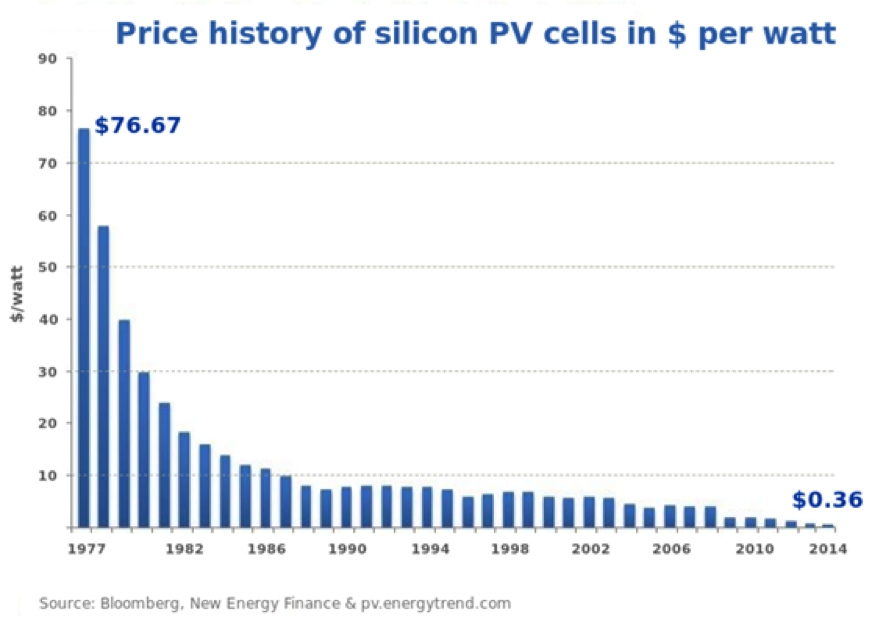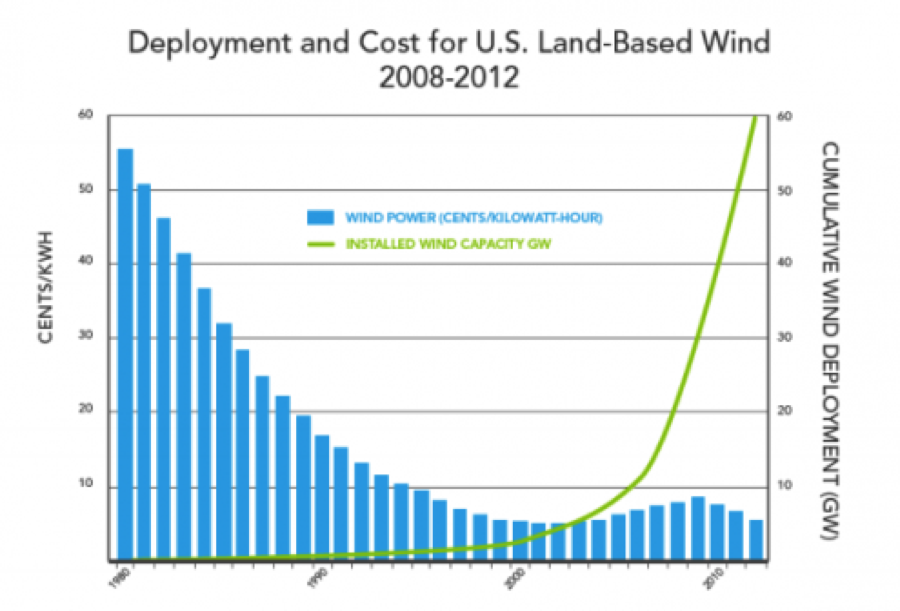By Sue Hall, CEO, Climate Neutral Business Network, on behalf of the #CleanEnergyU community
So what does it take to successfully move towards a cleaner efficient energy future? Particularly when, to be effective, many of these clean energy solutions require active collaboration between multiple stakeholders in our communities – from campuses, residents, companies, architects, utilities, non-profit leaders, and beyond?
This fall, #CleanEnergyU, the virtual dialogue which brings together students and faculty from campuses across the country with international clean energy leaders, is asking this question. Campus leaders have considerable insight into how to build this clean energy future in community. They know the kind of leadership qualities that will foster the collaboration and partnerships that are needed. So this fall, #CleanEnergyU is inviting leaders from colleges and universities to join along with their students, faculty and a host of clean energy leaders to discuss campus and community clean energy leadership with the #CleanEnergyU dialogue.
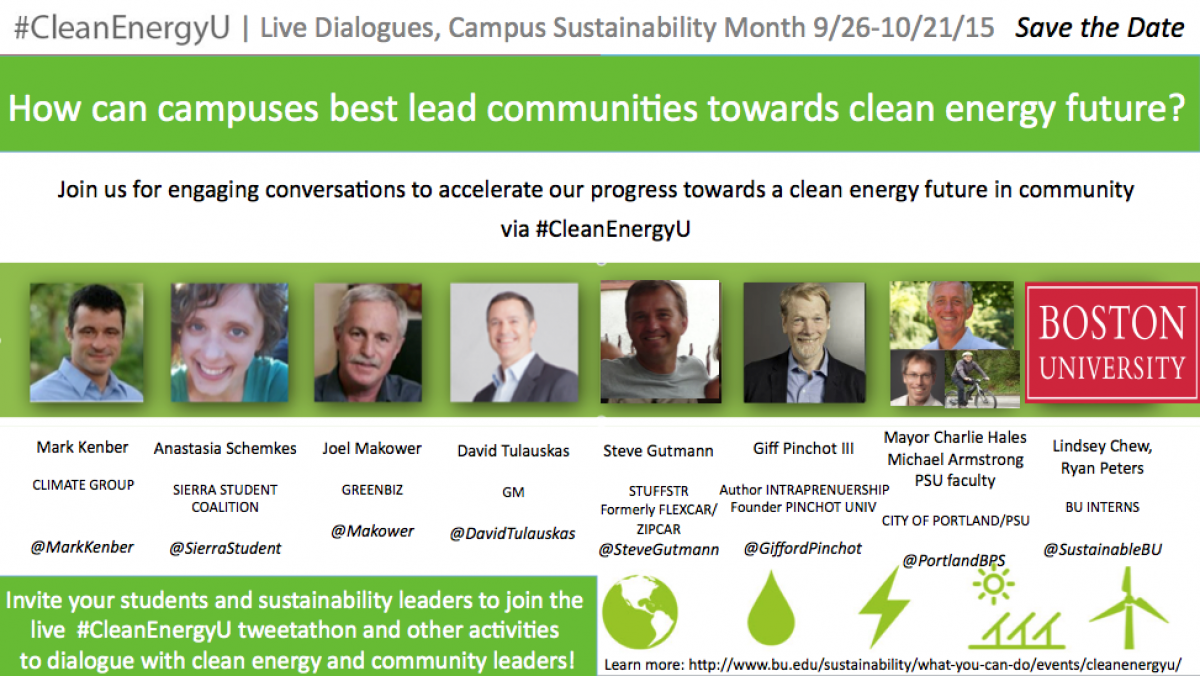
Students at Boston University (BU) first helped convene this #CleanEnergyU dialogue because they recognized that campuses can be powerful innovation hubs within communities to help drive change. However, they also called out the fact that they lacked a virtual forum in which to engage directly with clean energy leaders to accelerate everyone’s efforts by learning and exchanging best practices.

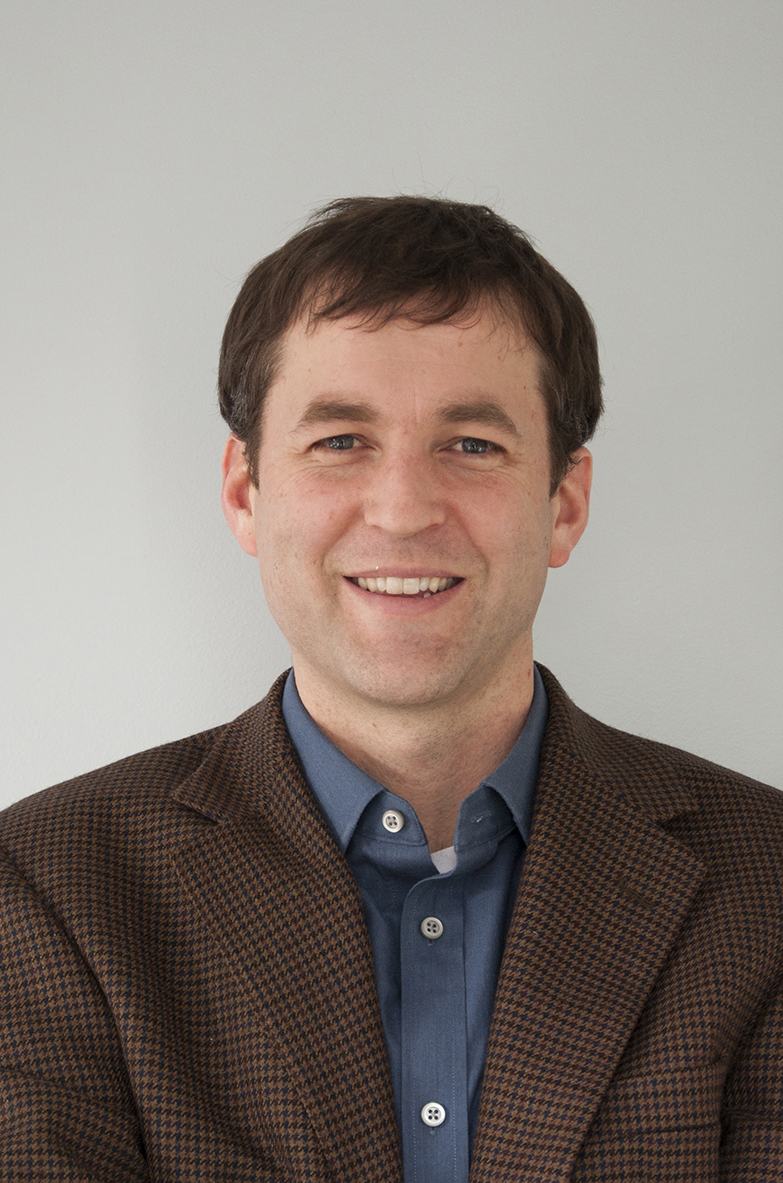 by Timothy Carter, President, Second Nature
by Timothy Carter, President, Second Nature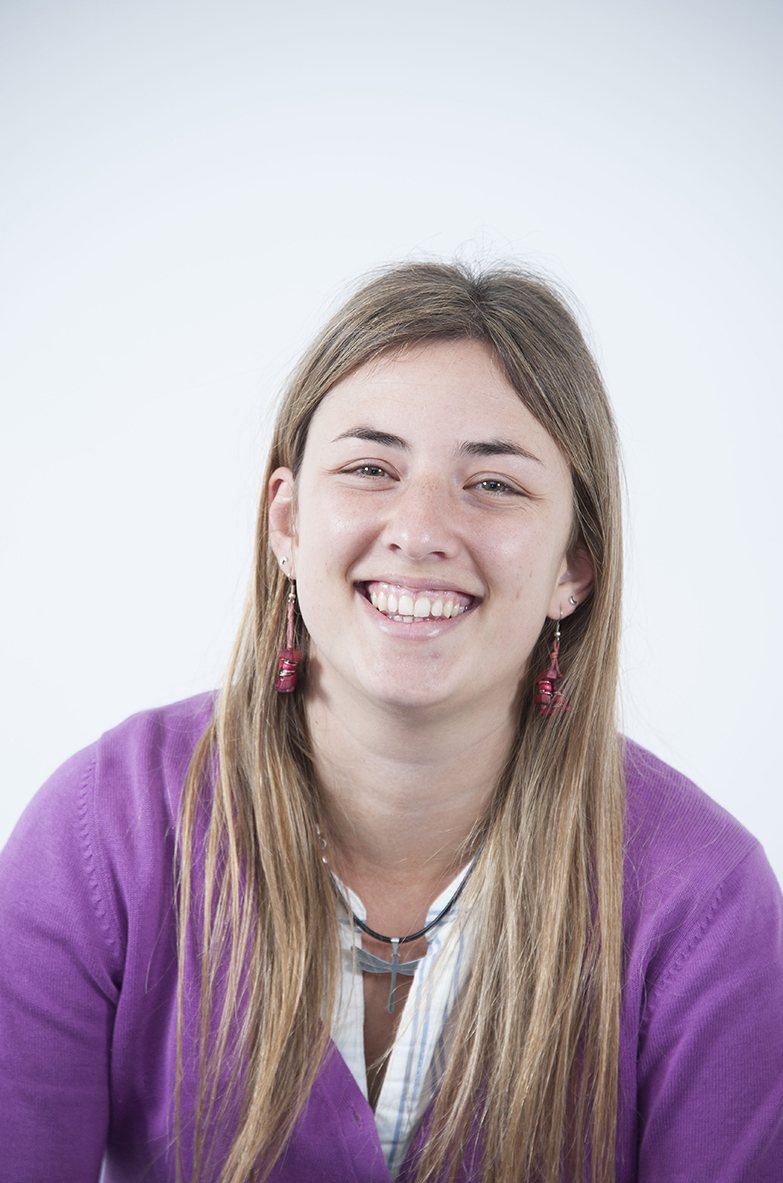 by Florencia Bluthgen, Communications and Education Intern, Second Nature
by Florencia Bluthgen, Communications and Education Intern, Second Nature by Steve Muzzy, Senior Manager, Membership Programs, Second Nature
by Steve Muzzy, Senior Manager, Membership Programs, Second Nature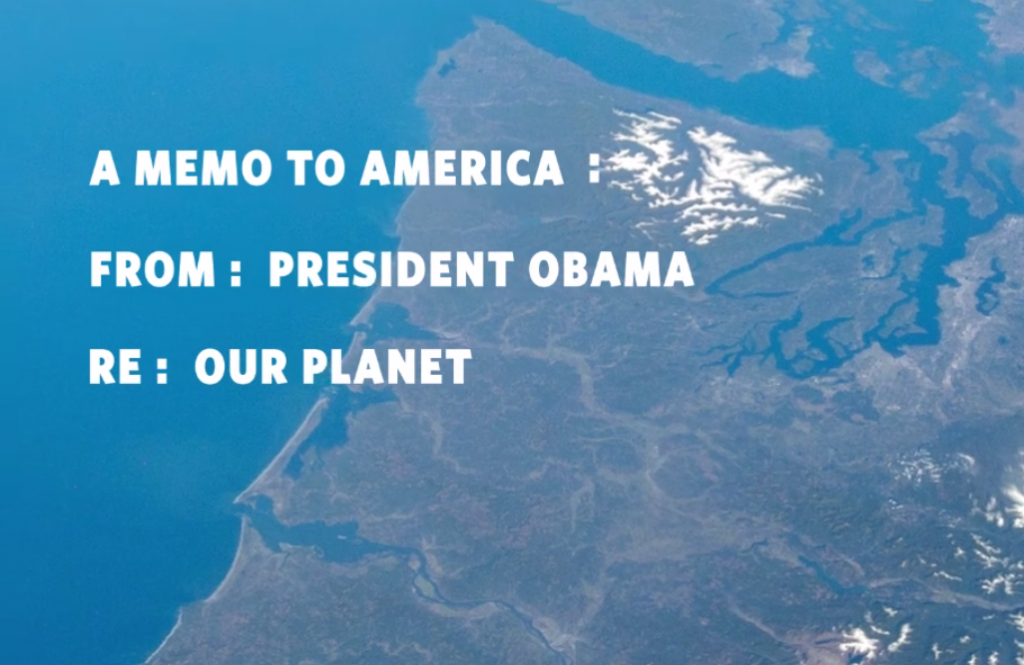
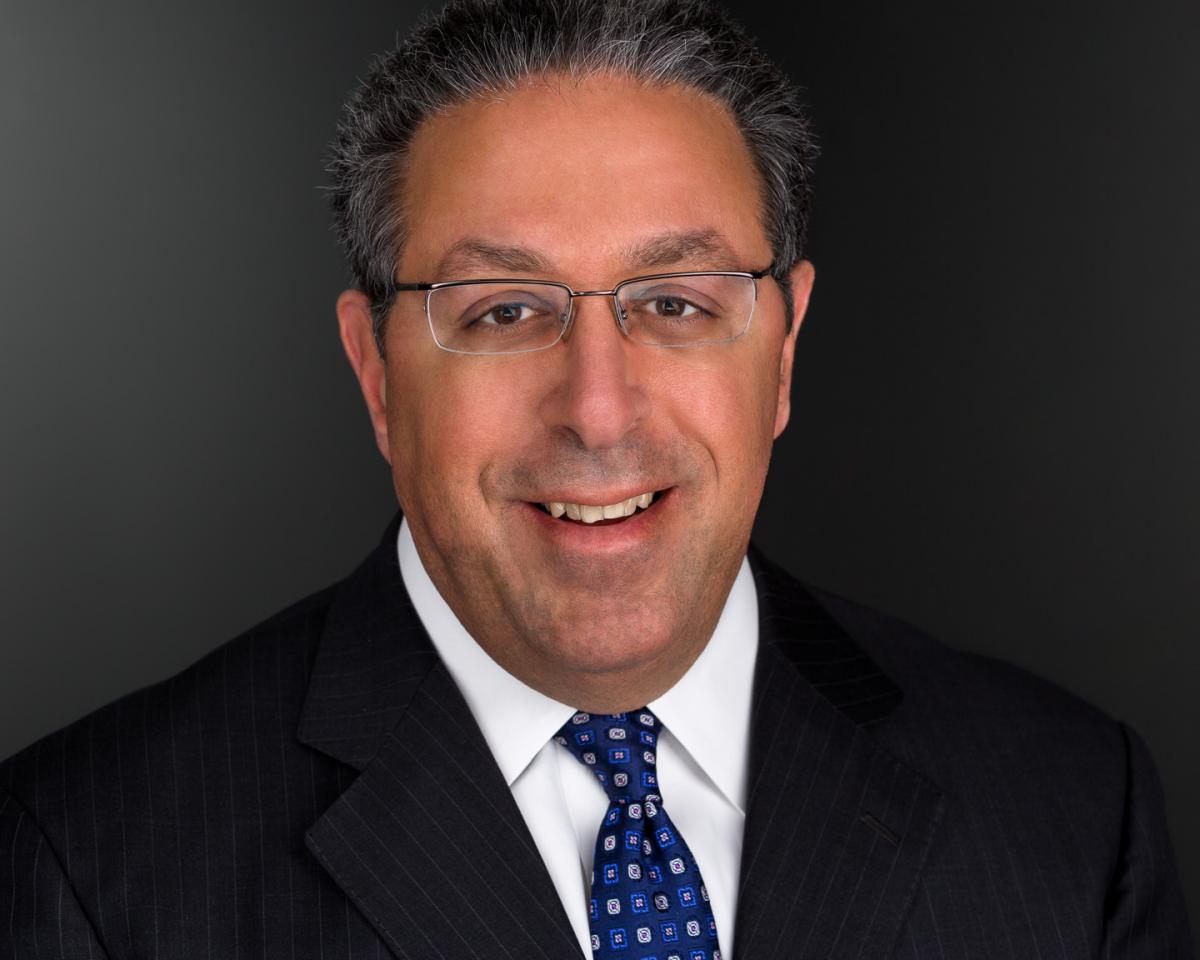 by Gary Farha, President and CEO, CustomerFirst Renewables
by Gary Farha, President and CEO, CustomerFirst Renewables